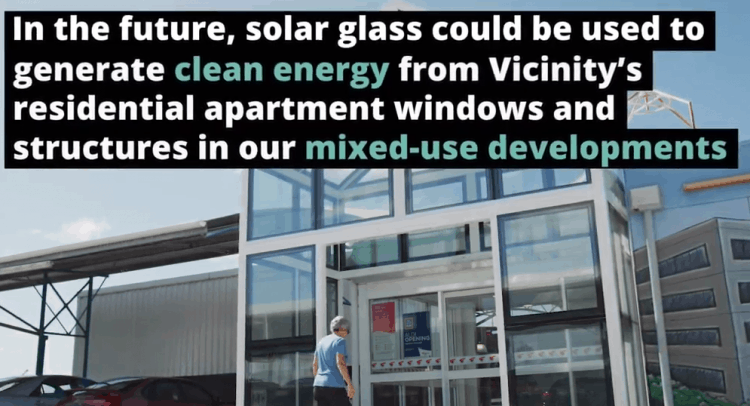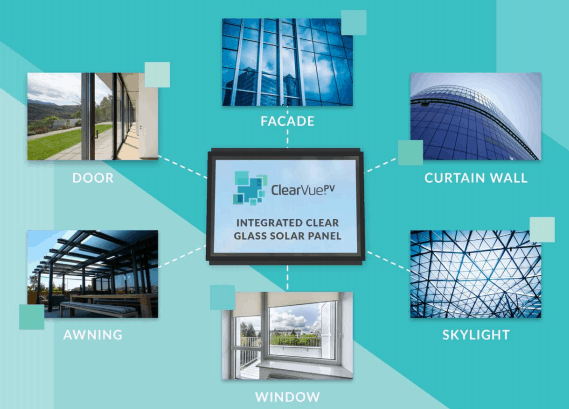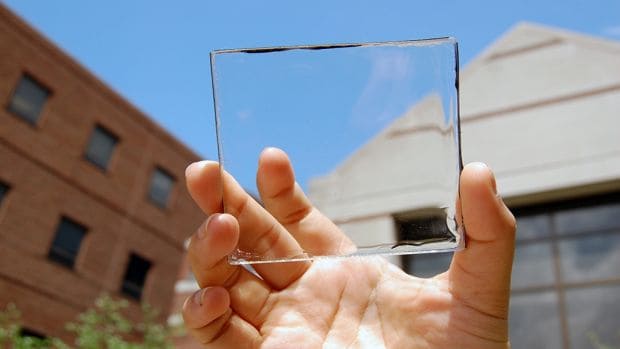Australia’s largest retail landlord, Vicinity Centres, has partnered with innovative solar glass company ClearVue Technology to install transparent solar panels (solar glass) to help their shopping centre’s environmental footprint and potentially save money on energy.
Solar Glass – Vicinity Centres partner with ClearVue
We’ve written about ClearVue Technology quite a few times on this website, from their solar bus shelters to commercial solar windows, the company have been working hard bringing their integrated clear glass solar panel to market in Australia and overseas.
The company have now partnered with Vicinity Centres to install solar glass in its Warwick Grove shopping centre atrium entry. The solar glass atrium has 26 solar cells inbuilt, which generate up to 1MW. It also works as insulation – with materials inside the window deflecting energy to small PV cells at the edge of the screen. This solar window tech is something we’ve been very excited about for a long time so it it’s amazing to watch it enjoying some real world application!
According to ClearVue, this is the first commercial installation of fully transparent solar cell glass in the entire world. The solar atrium will power lighting, outside signage, a digital display screen within the centre, and it’ll send any excess energy to battery storage at night. So it’s a pretty far cry from actually powering the shopping centre, but that’s not really the point right now.
“While other products exist, these are typically optically distorted or coloured, or they are not yet commercially available and are still in the research and pre-commercialisation stages,” a ClearVue spokesman said in quotes to the Sydney Morning Herald.

The Vicinity Centres general manager for shopping centre management, Justin Mills, was also very excited about the new installation:
“(the solar atrium) reinvents the way we harvest renewable energy, reduces our exposure to the volatile energy market and our carbon footprint – a key focus for Vicinity.
“We’re excited to be trialling such innovative, leading-edge technology and embarking on a global-first in solar energy application.” he continued.
If you’d like to read more about solar power installed at shopping centres, take a look at the Stockland Solar Power Rollout – which will see 12.3MW installed across 10 shopping centres in Australia.
You can also read about Vicinity Centres’ solar project – which is the investment of $28m to install 11.2MW of solar power in five shopping centres.
According to Smallcaps, ClearVue Technologies have also signed a a memorandum of understanding (MoU) with Grafsol General Trading for exclusive distribution rights in the United Arab Emirates (UAE), Kuwait, Bahrain and Qatar.
“This MoU represents a great opportunity for ClearVue to break into the Middle Eastern region,” said Victor Rosenberg, executive chairman of ClearVue Technologies.
We’ll report more about ClearVue in the middle east next week!
Have a great weekend.




